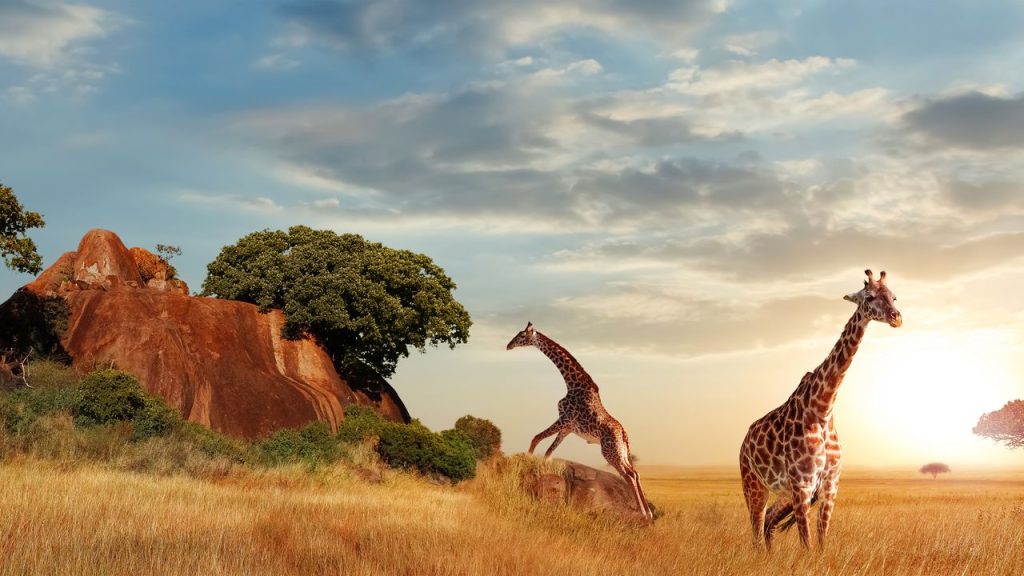Mount Kilimanjaro Trek: Climbing, Weather, and Preparation
Mount Kilimanjaro, located in Tanzania, is the highest peak in Africa and one of the most popular destinations for trekkers and climbers around the world. Standing at an impressive 5,895 meters (19,341 feet), conquering Kilimanjaro is a dream for many adventure enthusiasts. However, before embarking on this incredible journey, it is essential to understand the challenges that lie ahead and adequately prepare for the climb.
Kilimanjaro Climbing
Climbing Mount Kilimanjaro is a physically demanding endeavor that requires careful planning and preparation. The mountain offers several routes, each with its own unique characteristics and levels of difficulty. The most popular routes include the Marangu, Machame, Lemosho, and Rongai routes.
The Marangu route, also known as the “Coca-Cola” route, is the most straightforward and most frequently chosen path. It provides hut accommodations along the way, making it a popular choice for beginners. The Machame route, on the other hand, is more challenging but offers stunning scenery and a higher chance of reaching the summit. The Lemosho and Rongai routes are known for their beautiful wilderness and lower traffic compared to other routes.
It is crucial to choose a route that suits your fitness level, experience, and preferences. Additionally, it is highly recommended to climb with an experienced guide or join a reputable trekking company to ensure safety and maximize your chances of success.
Kilimanjaro Weather
The weather on Mount Kilimanjaro can be highly unpredictable due to its location near the equator. The mountain creates its own weather patterns, and temperatures can vary significantly depending on the altitude and time of year. Generally, the lower slopes are warmer, while the summit is freezing.
There are two distinct seasons for climbing Kilimanjaro: the dry season and the wet season. The dry season, from late June to October and from December to February, offers the best weather conditions for climbing. The skies are generally clear, and there is a lower chance of rainfall. However, temperatures can still drop significantly, especially during the night.
The wet season, from March to May and November, brings more rain and cloudy conditions. Trekking during this period can be more challenging due to slippery trails and reduced visibility. Nevertheless, some trekkers prefer the wet season as the mountain is less crowded, and the landscape is lush and vibrant.
Kilimanjaro Preparation
Proper preparation is vital to increase your chances of a successful Kilimanjaro climb. Here are some essential steps to consider:
Physical Fitness:
Mount Kilimanjaro is a strenuous climb, and being in good physical shape is crucial. Engage in regular cardiovascular exercises, such as hiking, running, or cycling, to improve your endurance. Additionally, incorporate strength training exercises to build muscle strength.
Acclimatization:
Altitude sickness is a common concern when climbing Kilimanjaro. To minimize the risk, choose a route that allows for proper acclimatization. This includes spending additional days at various altitudes to allow your body to adjust to the decreasing oxygen levels.
Packing:
Pack wisely and efficiently. Make sure to bring appropriate clothing for both warm and cold weather, as well as essential gear such as a sturdy backpack, hiking boots, headlamp, and a sleeping bag suitable for sub-zero temperatures. It is also crucial to pack high-energy snacks and enough water to stay hydrated throughout the climb.
Mental Preparation:
Climbing Kilimanjaro is not only physically demanding but also mentally challenging. Be prepared for long and exhausting days, and mentally commit to reaching the summit. Stay positive, motivated, and remember to enjoy the journey rather than solely focusing on the destination.
In conclusion, climbing Mount Kilimanjaro is a remarkable adventure that requires careful planning, physical fitness, and mental resilience. Choose the right route, be prepared for the weather conditions, and ensure you are physically and mentally ready for the challenge. With proper preparation, reaching the summit of Kilimanjaro can be an experience of a lifetime.

